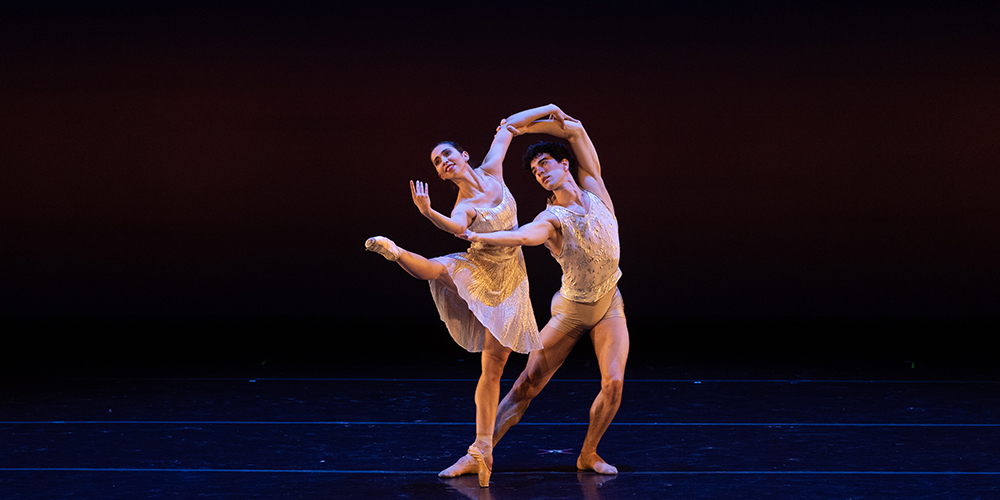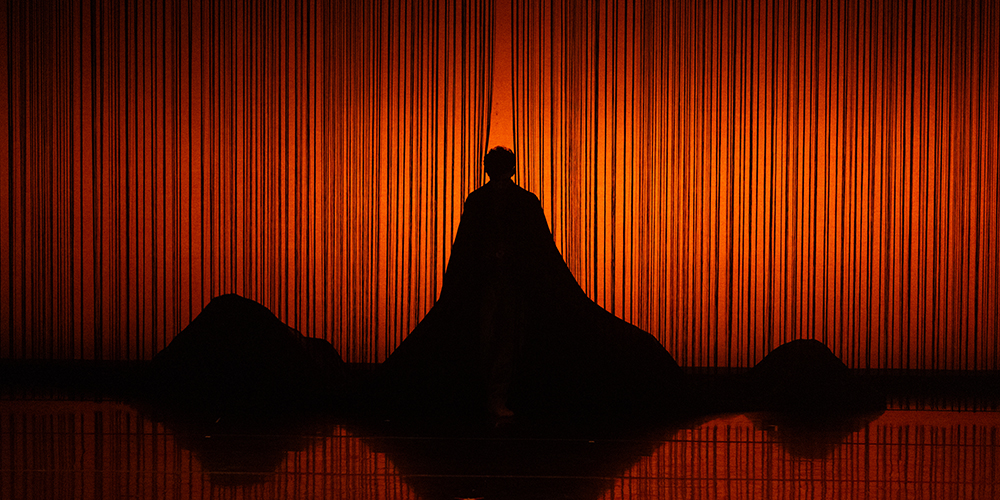In preparation for Ballet Arizona’s upcoming production, Contemporary Moves, we will be diving into the life of the admired contemporary dance choreographer, Paul Taylor.

Paul Belville Taylor Jr. was born on July 29, 1930 in Wilkinsburg, Pennsylvania. Taylor grew up in and around Washington D.C. and throughout his childhood he enjoyed painting and was a competitive swimmer. While being on a swim team in high school, he was the recipient of a swimming scholarship to Syracuse University in the late 1940s. Upon discovering dance through books at the university library, Taylor decided to create his first piece of choreography on Syracuse University Dance students which was entitled, Hobo Ballet. After discovering his love for dance, he transferred to The Julliard School and earned his bachelor’s degree in dance in 1953.
In 1954, Taylor assembled his first company of dancers and began to choreograph. He joined the Martha Graham Dance Company in 1955. Taylor was with the company for seven seasons while continuing to choreograph on his own troupe. In 1959 he was invited to be a guest artist with New York City Ballet, where Balanchine created a solo in Episodes for him.
As Taylor’s career progressed, his interest in choreography expanded. Taylor’s early choreographic projects have been noted as distinctly different from the modern, physical works he would come to be known for later. Taylor worked closely with painter Robert Rauschenberg who is said to have created the paintings that inspired Taylor’s choreography for several pieces including Three Epitaphs and Seven New Dances. Taylor gained notoriety as a choreographer in 1957 with Seven New Dances; its study in non-movement famously earned it a newspaper review made up of three inches of blank space. After the debut of Seven New Dances, Taylor continued creating works which led to the completion of two European tours and ten new dances, all while still dancing with the Graham Company. The turning point in Taylor’s choreographic career came with the premier of his work Aureole, at the 1962 American Dance Festival. The success of this work convinced him to leave the Martha Graham Company to pursue choreographic work with his group of dancers full time.
After retiring as a performer in 1974, Taylor’s focus was exclusively on choreography, resulting in a flood of creativity. He has created 147 works including Big Bertha, Airs, Arden Court, Sunset, Last Look, Speaking in Tongues, Brandenburgs, Company B, Piazzolla Caldera, Black Tuesday, Promethean Fire, and Beloved Renegade. Some of these dances, originally performed by the Paul Taylor Dance Company, are also licensed by companies as the Royal Danish Ballet, Miami City Ballet, American Ballet Theatre and Alvin Ailey American Dance Theater to perform on their own stages.
Taylor received many important honors given to artists in the United States. In 1992 he was a recipient of the Kennedy Center Honors and received an Emmy Award for Speaking in Tongues. He was awarded the National Medal of Arts by President Bill Clinton in 1993. He also holds honorary Doctor of Fine Arts degrees from California Institute of the Arts, Connecticut College, Duke University, The Juilliard School, Skidmore College, the State University of New York at Purchase, Syracuse University and Adelphi University.
On August 29, 2018 in Manhattan, New York, Taylor passed away due to renal failure. Today, The Paul Taylor Dance Company continues to perform his works throughout the world. The company consists of 16 dancers and is based in New York City. The company is now directed by Michael Novak, who was appointed by Taylor himself in the spring of 2018, and took over in September 2018 after Taylor died. Paul Taylor leaves an extraordinary legacy not only to American contemporary dance but to the entire world.
Written by Andrea Rosas, Community Engagement Assistant.







